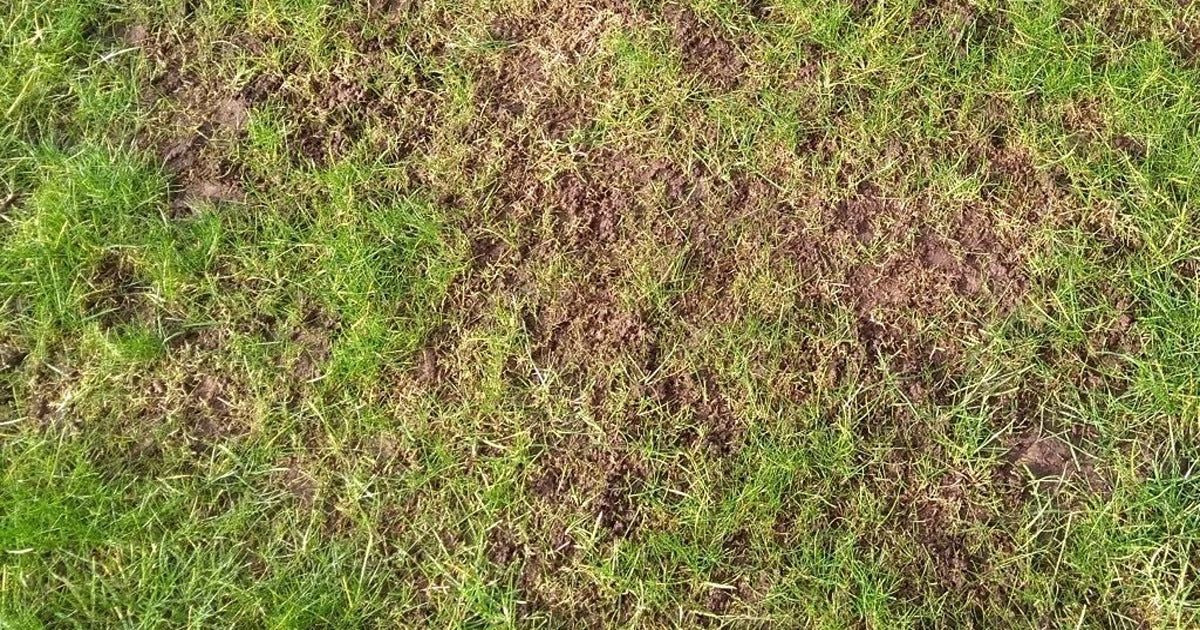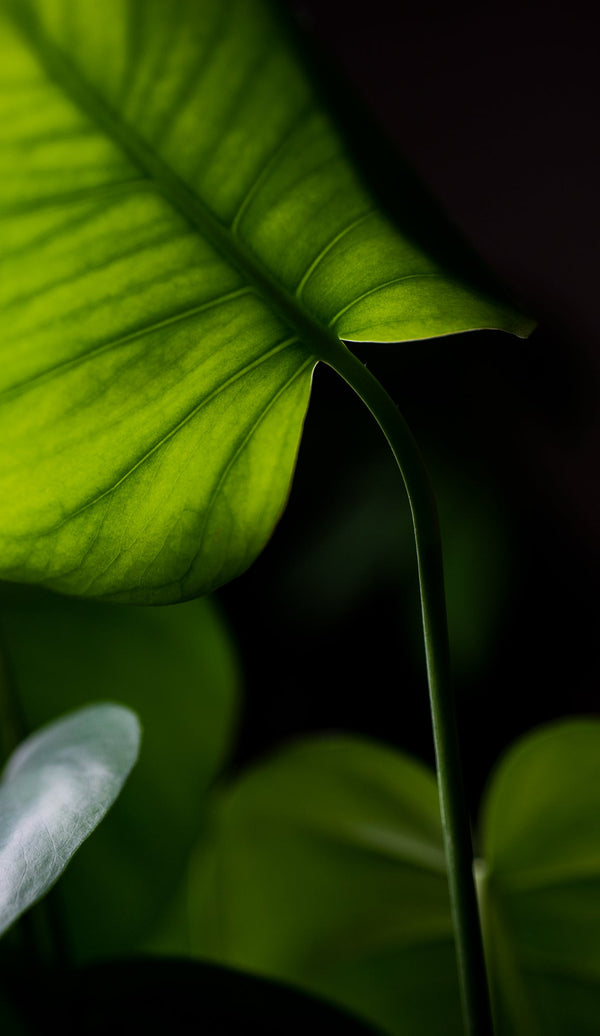
Leatherjacket Damage Identified In Lawns This Winter
Recently we have received a number of reports of Leatherjacket activity in lawns across the country, which is unusual for this time of year. Normally in these winter seasons the Leatherjacket larvae will have travelled deeper underground to overwinter where they remain dormant, and cause no damage. It seems, however, that the recent mild weather and heavy rainfall has risen the water table in many areas, essentially forcing the Leatherjackets out from underneath at the risk of drowning. For this reason, they have become active and have begun to cause damage, feeding on grass roots.

Leatherjackets have been sighted in lawns this winter. The mild temperatures and heavy rainfall has encouraged the larvae to emerge from the depths of the soil to feed on grass roots.
Resist The Urge To Apply Nematode Treatments In These Winter Months
Usually when these pests are active in the spring and summer, the course of action we would recommend is nematode treatment. The application of these tiny, microscopic eel worm-like creatures would damage the larval stage of the pest. At this time of year, however, when temperatures are much lower, the nematodes will not be active. Nematodes need a consistent minimum ground temperature of 10°C, which is most likely not achievable at this time of year.

Nematodes are a brilliant natural control for turf pests such as Leatherjackets, but can only be applied when soil temperatures are at 10°C and above.
Apply Nematodes Against Turf Pests From April, & Again From August To September
We recommend beginning nematode applications when soil temperatures rise later in the year, around April. Late summer applications will also be required from August to September, when most turf pest eggs are laid and begin to hatch.
We anticipate that the Leatherjackets will return to their overwintering position once the ground has had time to drain and temperatures drop.




